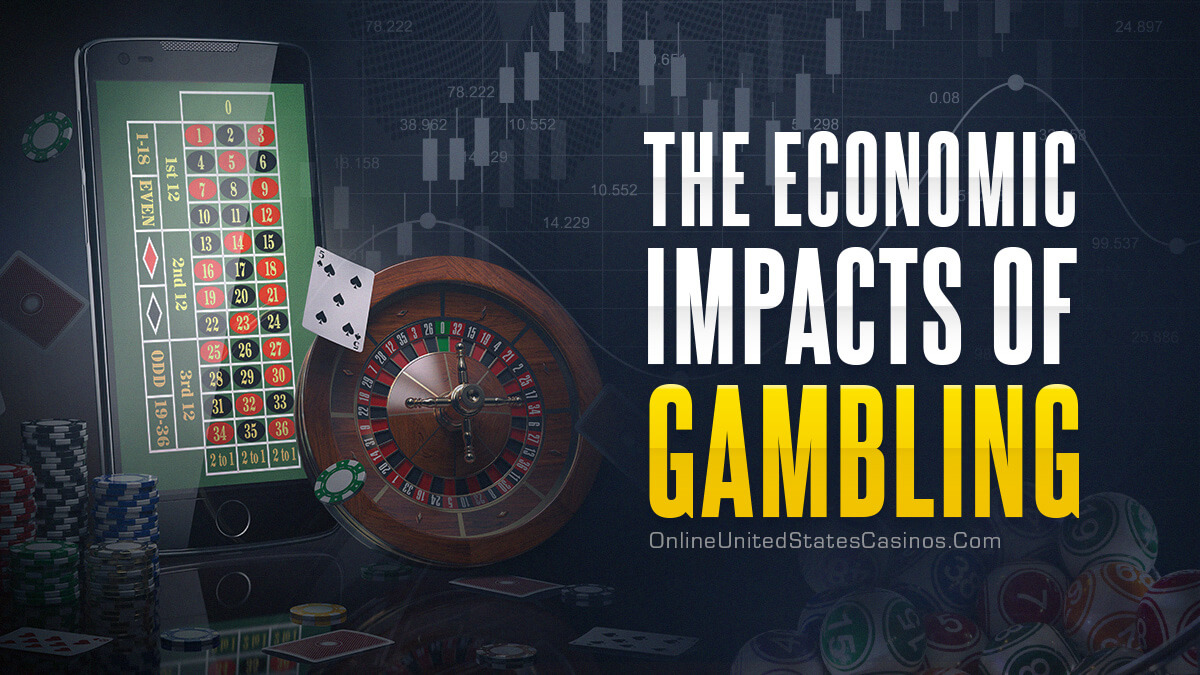
While research shows that young adults are more prone to suffer from gambling problems, Baby Boomers and Gen X players might still be at risk. In fact, players aged 50 and above have a heightened risk for problem gambling — behavior which falls short of pathological gambling but still causes the person and their loved one’s distress. Retirees living on a fixed income also face devastating consequences if they develop gambling compulsions. Despite those concerns, young adults are at greatest risk of the worst kind of gambling compulsions.
Studies have also shown that men are more likely to become pathological gamblers, but it does not mean women are not at risk. Men have a heightened risk, but women, especially women under 30, are at risk. The research shows there are differences in the risk factors and issues caused by compulsive gambling, but it has a profound impact on both genders.
For this article, the focus are two particular sets of researchers: one group at Yale in the United States and the other group from several universities in Germany. The two groups of researchers used different methods — one behavioral and one neurological — to study gamblers. Both came to the same conclusions: younger gamblers are much more likely to become pathological gamblers. This article focuses on those two studies, points the way to further data which supports that research, and provides analysis for why younger people have a high risk of addictive behavior.
Gambling: Prevalence, Disorder and Risk Factors
A 2011 study done by researchers at universities in Dresden, Hildesheim, and Munich analyzed 8,006 German gamblers ages 18 to 64. The study (“Gambling Among Adults in Germany”) found that gambling was more prevalent in men than women by 11%, with 53% of men and 42% of women considering gambling a “common activity” over the past 12 months. (see inforgraphic)
The researchers focused on pathological gambling in the same group. Using 10 key criteria in the Diagnostic and Statistical Manual (DSM-IV) of psychological disorders, they classified 0.3% as pathological gamblers. To qualify as a pathological gambler (PG), the player had to show 5 of 10 behaviors listed in the DSM-IV.
Research Terminology
- No Criterion Gambler: NCG
- Pathological Gambler: PG
- Subthreshold Pathological Gambler: SPG
Among the same group, 1.1% of respondents showed signs of subthreshold pathological gambling (SPG), meaning they had 1 to 4 of the criteria for pathological gambling. Such players are considered to be at risk of developing the pathological gambling and are considered problem gamblers. A player with no signs of problem gambling is considered a “no criterion gambler“.
10 Diagnostic Criteria for Pathological Gambling: DSM-IV
Pathological gamblers might exhibit all 10 criteria, but do not have to show every behavior to be considered pathological. The diagnostic criteria are designed to cover a wide range of gamblers. For instance, high rollers might never be financially reliant to be pathological. Gamblers do not have to commit gambling-related or debt-related crimes to be a pathological gambler.
At-Risk Populations in Germany
The researchers — Gerhard Buhringer of University of Dresden, Monika Ludwig of University of Hildesheim, and Ludwig Kraus of the IFT Institute for Therapy Research in Munich (München) — noted general trends among the 8,000 gamblers they studied.
While men are more prone to gamble, they are also more prone to become pathological about their gambling. Also, those of a non-German nationality are more prone to pathological or problem gambling than ethnic Germans.
Beyond the broad categories of PD and SPD gambling, the study focused on certain key factors in a person’s compulsive gambling: gender, age, marital status, educational attainment, income, employment status, and nationality. Also, the effect that the type of gambling had on compulsions was studied.
The seven broad groups were, based on the site where gambling happens:
- Lotto Players: Keno, Toto, or scratch card games.
- Lottery Betting: Lotto tickets. TV lottery, class lottery.
- Sports Betting: Defined as wagers on sporting events and horse racing.
- Casino Gambling: Slots, poker, blackjack, roulette, etc. at legal land-based casinos.
- Internet Gambling: Online casinos, poker sites, and sportsbooks. Banned in Germany.
- Gaming Machines: Slot machines, video poker machines, FOBTs.
- Illegal Table Games: Land-based underground or black-market gaming.
Risk Factors for PG and SPG
The researchers isolated a number of risk factors. Age and gender were key factors. Below is an infographic that summarizes the findings.

The most popular games for people with no criterion for pathological gambling were lotto and lottery. Those who exhibited subthreshold pathological gambling preferred lotto or online gambling. Those who exhibited pathological gambling preferred gaming machines and sports betting. Gaming machines were 50 times more likely to produce pathological gambling than non-criterion gambling.
Limits of the Research
The German research team noted several limitations in their data. Inferences about causation cannot be made, because the scientists used cross-sectional data. For instance, it cannot be determined from the research whether low income contributes to pathological gambling or whether it is a consequence of PG.
Also, it should be noted that the DSM-V, which the American Psychiatric Association (APA) published in 2012, did not include the criterion for criminal behavior. Thus only 9 criteria now exist to determine whether a player is pathological or subthreshold pathological.
Yale Neurological Research on Gamblers
From the late-1990’s until 2009, Dr. Marc Potenza and a team of Yale researchers conducted neurological research on thousands of American gamblers. Dr. Potenza and the Yale’s Gambling CORE (Center of Research Excellence) were the first to use functional magnetic resonance imaging (fMRI) to study gambler’s brain activity while making wagers. In three reports, released in 2003, 2009, and 2019 (upcoming), the Yale researchers focused on gambling’s effect on the frontal, paralimbic, and limbic parts of the human brain.
Dr. Potenza’s team studied four types of gamblers:
In the 2003 report, the Yale team found that pathological gamblers’ brain patterns do not deviate from non-PD players on any other subjects than gambling. For instance, players were shown videos of sad moments (like divorce and death) and happy moments (like weddings). Pathological gamblers’ reactions to both sad and happy stimuli were no different than recreational gamblers’ responses. This showed that PDs have the same empathy and ability to enjoy life that non-PD gamblers have.
On the other hand, when pathological gamblers were shown videos of gambling, their brain activity spiked in ways that recreational players did not. Potenza’s study showed a neurological component to pathological gambling. Pathology in this instance was not a product merely of depression, anxiety, mood, or circumstances — it was hardwired into the brain.
2004 Yale Study of Addiction
Rani Desei, a professor of psychology at the Yale’s School of Medicine, followed up Dr. Potenza’s research with a 2004 report on the gambling behaviors of senior citizens. Those over the age of 65 are less likely to engage in pathological gambling or several other types of addictive behavior. Those under 65 showed “high rates of alcohol use and abuse, depression, bankruptcy, and incarceration.”
2019 Study of Gender Roles in Addiction
In October 2018, Dr. Mark Potenza released an abstract of upcoming research he and his team did on the gender roles in gambling addiction. Again, Potenza’s researchers used fMRI studies to focus on the brain activity of people while they gambled. In this case, Internet Gambling Disorder (IGD) was studied. This time, the differences between male and female gamblers were isolated.
The researchers had four groups: recreational male gamblers, males with IGD, recreational female gamblers, and females with IGD. Dr. Potenza said his report, which is supposed to be released in early 2019, will show why men are more prone to pathological gambling than women.
The brain activity was heightened when all four groups were gambling. When recreational gamblers of both genders stopped betting, they returned to baseline activity. When females with IGD took a mandatory break from gambling, their brain activity returned close to baseline levels. Males with IGD showed prolonged levels of heightened brain activity, even long after the gambling stopped. That response made them much more likely to develop pathological gambling behaviors.
Why Young Adults Have High Risks of Pathological Gambling
People often look at gambling addiction as a coping mechanism, much like alcohol or drug addiction. So much pathological gambling involves brain activity, though. Neurology explains why young adults are more likely to become pathological gamblers.
In the 1990’s, the National Institutes of Health (NIH) project studied brain development in children and young adults. Their research showed that the human brain had reached 90% of its size by the age of 6. Most head growth after that point is due to a thickening of the skull. A 12-year old human brain is the size of an adult’s brain, but the NIH project “showed that our brains undergo a massive reorganization between our 12th and 25th years.”
From age 12 to 25, the brain develops in other ways. Neurons are insulated by more Myelin — the brain’s white matter — which increases the speed of axons a hundred-fold. Dendrites develop, while synapses grow “richer and stronger”.
Some synapses wither away, because they are not used as much. What this pruning does is make the brain more efficient and powerful, with development stopping around the age of 25. In short, the NIH study proved that the human brain is not fully developed until the age of 25.
Conclusion
The researchers determined that is why teenagers and even young adults take more risks than older adults. Because the human brain hasn’t fully developed, people under the age of 25 display the classic traits of youth.

Thus, people age 18 to 25 still have thought processes which work in a “clumsy” fashion. They’re still developing, which means young adults’ behavioral patterns are still developing. Naturally, young adults would be more prone to pathological and problem gambling. The research studies gamblers 18 to 29, but if you took a broad group, heightened risk of gambling addiction would exist for people in their late-20’s, too. Some human brains develop quicker and others slower, so 25 is the median age of maturity. Some of those studied would not have fully developed until age 29.




